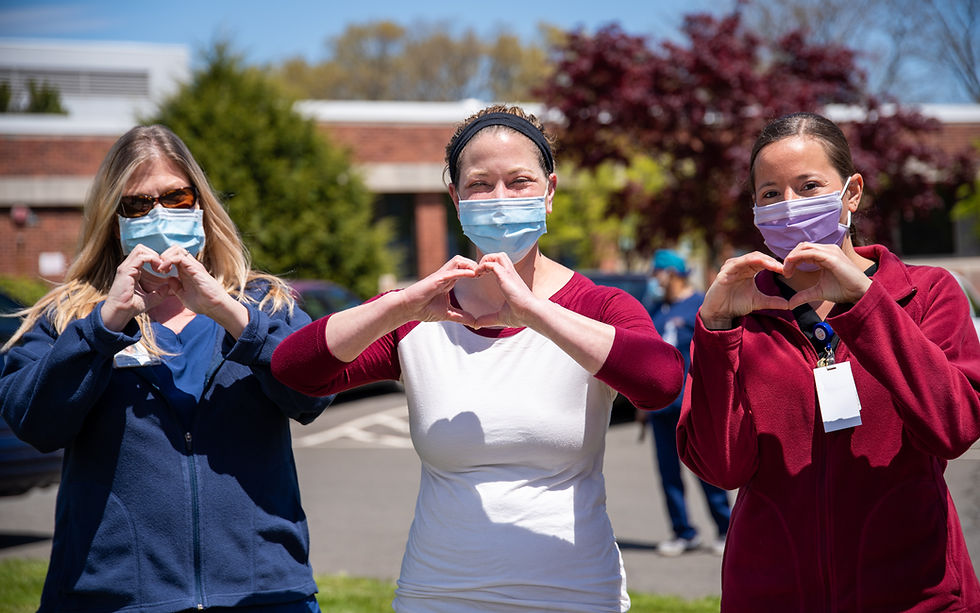Positivity and Resilience
- Oct 8, 2020
- 3 min read

Positivity Leads to Resilience
Let’s revisit the connection between positivity and resilience. According to Barbara Fredrickson, Ph.D., the leading positive emotion researcher, positivity includes a wide range of positive emotions. The top ten in frequency are: joy, gratitude, serenity, interest, hope, pride, amusement, inspiration, aw e, and love. Fredrickson and collaborators discovered the tipping point positivity ratio of 3:1, which is three positive emotions for one negative emotion.2 Above the tipping point, people are resilient. They have the resources to change and grow, and bounce back from adversity. Below the tipping point, people languish and fall into a downward spiral.
Fredrickson’s research has shown that positivity is the main mechanism of action for resilience. Hence, a main determinant of resilience is the ability to foster positive emotions when we are swimming in a sea of negativity. So what forms of positivity might be in action for people and organizations in Japan?
Positivity and Resilience in Action
One of the most heartwarming aspects of the common reaction of people and communities to severe crises is the abundant outpouring of love , support, and connection. Crises often bring us to our knees and help us appreciate how our relationships with others are truly the backbone of our lives, to survive and beyond that to thrive. Taking time to help another, even ahead of one’s own needs, is nourishing for the giver and receiver.
Another common response to crisis is a sense of deep gratitude and appreciation for one’s
having survived a serious crisis. The value of material possessions slips away as we come to appreciate the gift of waking up every morning to a new day, new possibilities, and new learning. We may even feel awe for the amazing talents of humans to adapt and respond beautifully to enormous loss and suffering. Some will feel awe for the power and force of Mother Nature — even when she unleashes massive destruction in natural disasters.
Faced with adversity, resilient people are in t e re s t e d , open, and curious, hunting for silver linings and ways to foster positive emotions as the fuel to put one foot in front of the other to rebuild lives and communities. Developing a sense of profound meaning and purpose is a rich vein of positivity — how can I make a difference, how can I use my strengths to help others recover and rebuild? How can I make lemonade out of lemons — to notice, amplify, and harvest the many lessons that emerge from a huge setback?
When we make a difference individually and collectively, slowly, arduously, and patiently, we find pride in our accomplishments, which propels us to keep going. When we observe the courageous efforts of others who are close or distant, we are inspired further to continue forward progress.
Hope for the Future Fuels Positivity and Resilience
My observation is that one’s relationship to one’s future is a particularly critical source of positivity for our well-being. Hope for a better future is an important contributor to our positivity and resilience. Hence, all of the positivity emerging from crisis already described — love, gratitude, awe, interest, pride, and inspiration — provides the positive energy that “hopefully” takes us to hope: a sense that better days are ahead and we have the resources to get there. And perhaps if we’re lucky, we can find small moments of the last three of the ten most common positive emotions — joy, serenity, and amusement — to find things to smile and laugh about, to be at peace with one’s self, and even feel a little joy from new beginnings.




Comments